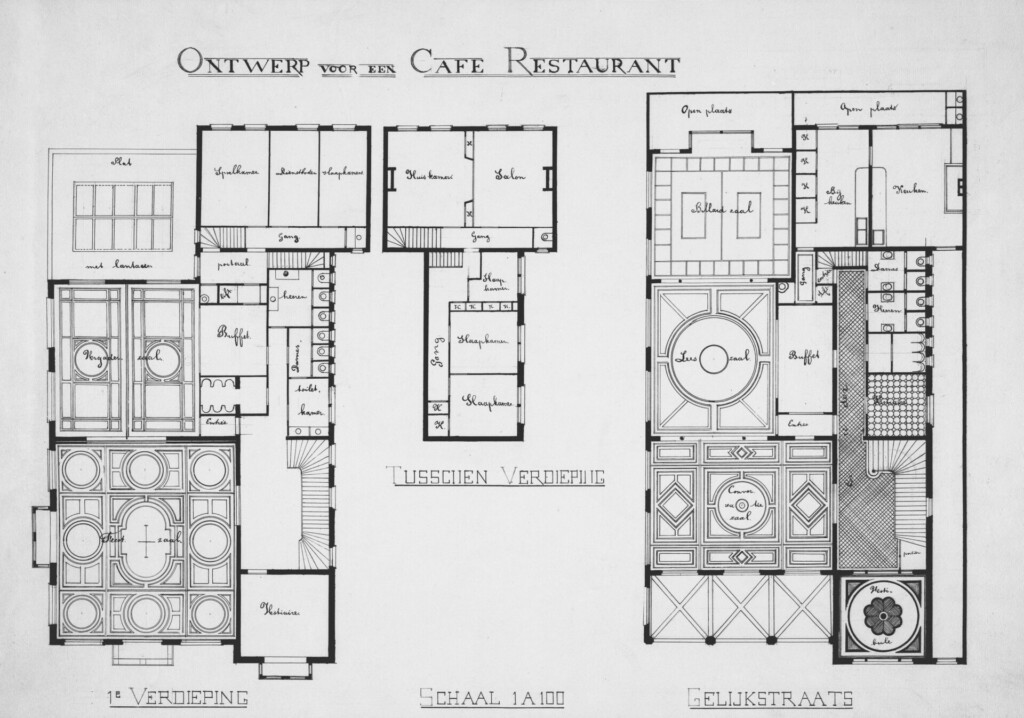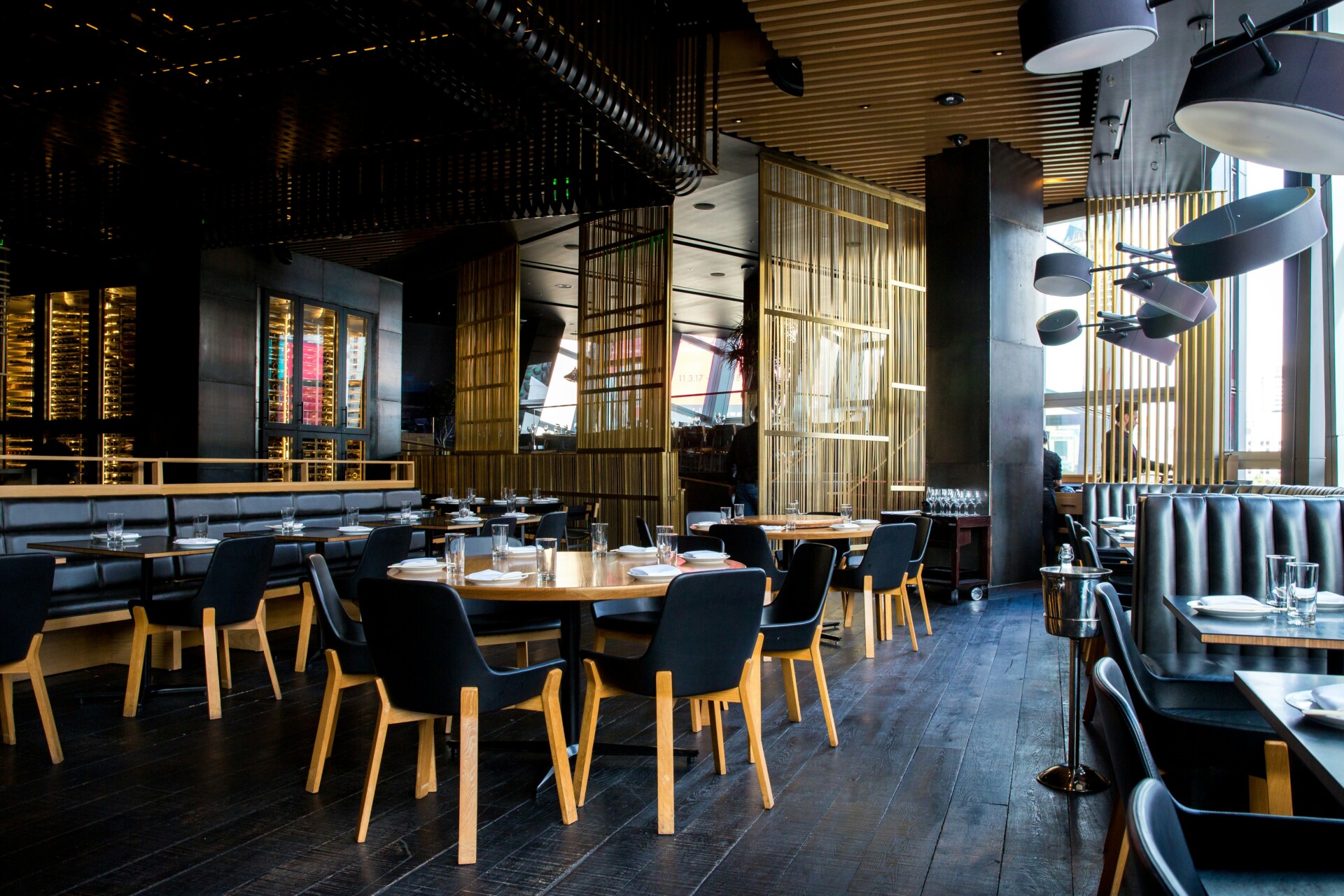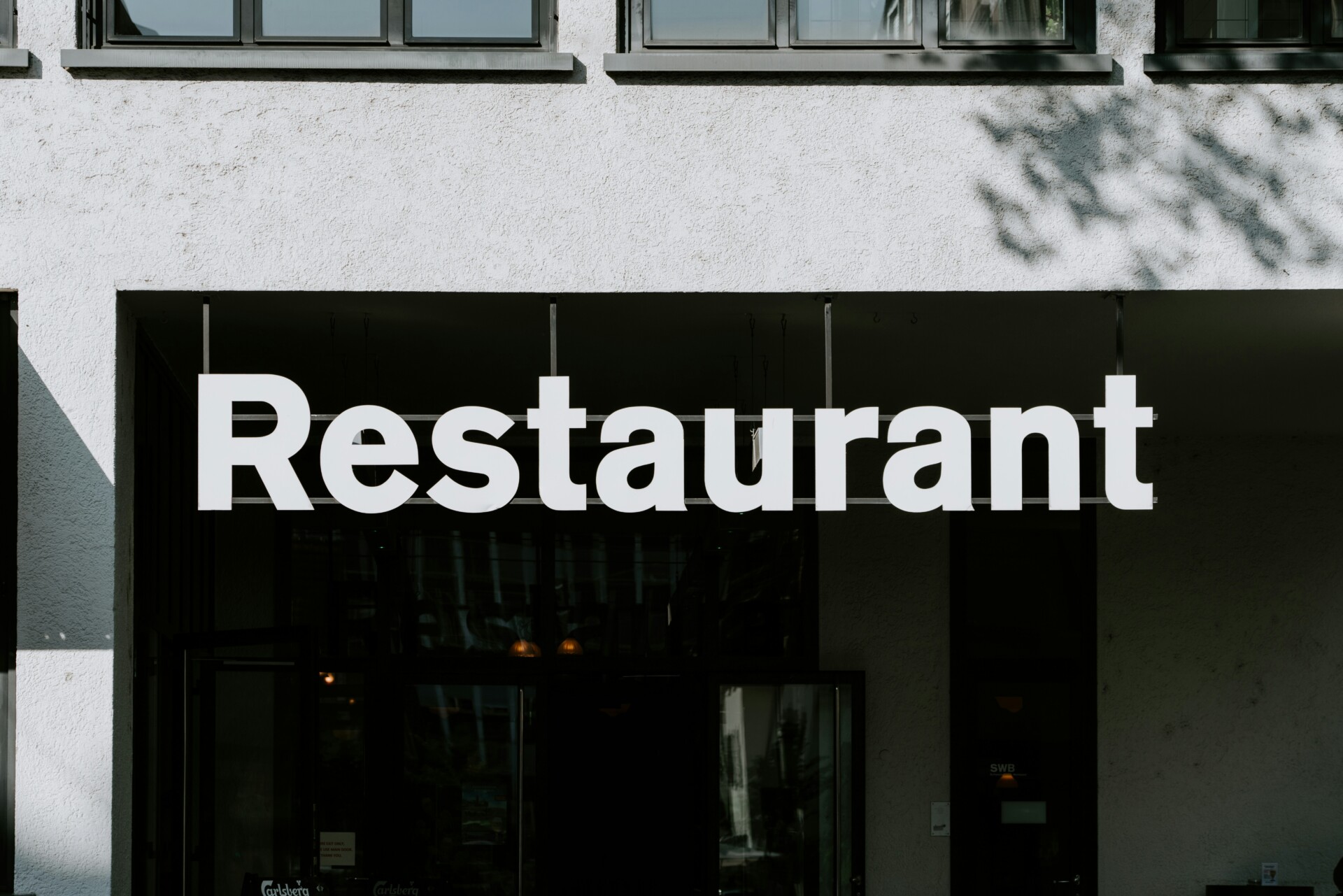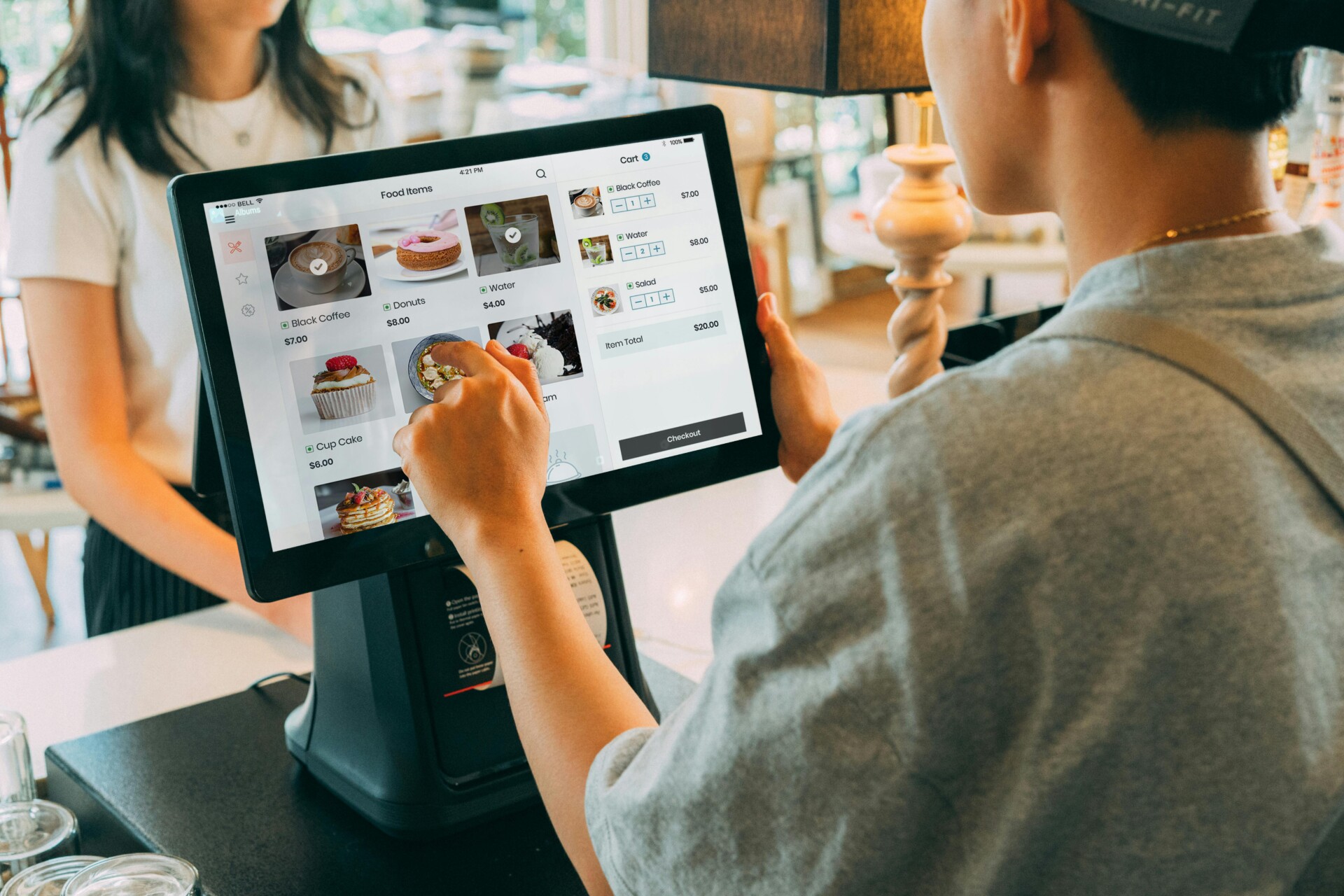Restaurant expansion represents a significant milestone for successful restaurateurs who have built a solid foundation. While a sobering 80% of restaurants fail within their first five years, those that survive demonstrate they have cracked the code on a viable business model. For these savvy operators, expansion offers enticing opportunities.
Growing beyond a single location allows restaurant owners to tap into new revenue streams and markets. It’s a chance to take a winning culinary concept and multiply its impact. But expansion isn’t a decision to be taken lightly. Success requires methodical planning and a clear-eyed look at the challenges ahead.
Why consider expansion? For many restaurateurs, it’s the natural next step in building their culinary empire. At EB3 Construction, we believe that carefully executed growth strategy can lead to increased profits, economies of scale, and greater brand recognition. It’s also a way to test the true scalability of your concept.
However, the restaurant industry is notoriously unforgiving. What works in one location may fall flat in another. New markets bring unfamiliar competition, different customer preferences, and unique operational hurdles. Rigorous market analysis and financial modeling are essential before taking the plunge.
Ultimately, expansion allows visionary restaurant owners to dream bigger. It’s an opportunity to bring your food and hospitality to more diners, create jobs, and leave a lasting mark on the culinary landscape. For those with the right foundation and mindset, it can be an exhilarating next chapter in their restaurant journey.
What Are the Key Steps in Creating a Restaurant Expansion Strategy?

Expanding a restaurant business requires careful planning and execution. At EB3 Construction, we’ve helped many restaurant owners navigate the their growth ambitions into reality. Here are the essential steps we recommend for creating a solid restaurant expansion strategy:
Conduct a Thorough Self-Assessment
Before expanding, take a hard look at your existing. Analyze your financial health, operational, customer data, and operational processes. We help restaurant owners identify their strengths to replicate, as well as areas for improvement before scaling up.
This introspection lays the foundation for sustainable growth.
Choose Your Expansion Model
There are several ways to grow a restaurant business. Opening new corporate-owned locations gives you full control but requires significant capital. Franchising allows for faster expansion with less financial burden but means relinquishing some control. A hybrid model balances the two approaches. We work with owners to determine the best fit based on their goals, resources and brand vision.
Develop a Comprehensive Business Plan
A detailed business plan serves as your roadmap for expansion. It should cover financial projections, staffing needs, marketing strategies, and more. We help owners build on what’s worked at existing locations while accounting for new market nuances. A solid plan is key essential for securing funding.
Secure Expansion Funding
Growth requires capital. Options include SBA loans, commercial bank loans, private investors, or tapping into cash reserves. We connect restaurant owners with trusted financial partners to explore the best funding sources for their situation.
Navigate Permits and Licensing
Opening to new areas navigating local with local regulations. We manage the permpermits, licenses, and inspections to ensure compliance. smooth opening. Our team has deep experience working with municipal agencies to keep projects on track.
Build Out New Locations
Once plans are in place, it’s time for construction. As site preparation, building or renovations, kitchen design, and all other. Our goal is creating an efficient workspace that brings your vision to life while controlling and regulations.
By following these key steps and working with experienced partners, restaurant owners can craft an expansion strategy positioned for success. Reach out to planning and execution are essential as you grow from one location to many.
How Are Ghost Kitchens Transforming Restaurant Expansion?
Ghost kitchens are revolutionizing the way restaurants approach expansion, offering a compelling alternative to traditional brick-and-mortar growth. These delivery-only kitchens eliminate the need for a customer-facing storefront, fundamentally changing the economics of restaurant expansion.
The appeal of ghost kitchens is evident in their rapid adoption – approximately 51% of restaurateurs in the United States have already embraced this model. This high adoption rate stems from several key advantages:
- Significantly lower startup costs compared to traditional restaurants
- Reduced financial risk when entering new markets
- Faster implementation – ghost kitchens can often launch in weeks rather than months
- Ability to test new concepts and menu items with minimal investment
By focusing solely on food preparation and delivery, ghost kitchens allow restaurants to expand their reach without the burden of expensive real estate or front-of-house staff. This streamlined model enables operators to channel resources into food quality and efficient operations rather than managing physical dining spaces.
Ghost kitchens also provide unparalleled flexibility. Restaurants can easily experiment with virtual brands or test demand in new geographic areas without committing to long-term leases. This agility is particularly valuable in today’s rapidly evolving food delivery landscape.
As third-party delivery services continue to grow in popularity, ghost kitchens are well-positioned to capitalize on changing consumer preferences. They can optimize their operations specifically for delivery, ensuring food quality and temperature are maintained during transport.
While ghost kitchens offer numerous advantages, they do require a shift in strategy. Success hinges on strong online presence, efficient delivery partnerships, and the ability to create a compelling brand experience without face-to-face interactions. However, for many restaurants, the potential for rapid, cost-effective expansion makes ghost kitchens an increasingly attractive option.
As the restaurant industry continues to evolve, ghost kitchens are likely to play an increasingly important role in expansion strategies. By lowering barriers to entry and reducing financial risk, they’re opening up new possibilities for both established chains and entrepreneurial concepts alike.
What Are the Current Market Trends Driving Restaurant Expansion?

The U.S. restaurant industry is poised for significant growth in the coming years, with sales projected to reach a staggering $1.5 trillion in 2025. This expansion reflects robust consumer demand and a positive economic environment, despite ongoing challenges like inflation and rising costs. Looking further ahead, the global food service market is expected to grow from $4.03 trillion in 2025 to $6.81 trillion by 2032, exhibiting a compound annual growth rate of 7.79%.
Fast-Casual and Niche Brand Growth
Fast-casual and niche restaurant brands are experiencing significant franchising growth. The International Franchise Association projects the number of franchise locations to grow by 2.5% in 2025, totaling 851,000 units. This expansion is driven by consumer demand for high-quality, convenient dining options that offer unique experiences.
For example, brandsava, a Mediterranean-inspired fast-casual chain, plans to open 64 to 68 new U.S. locations in 2025, bringing its total to 367. The brand’s success is attributed to its fresh, customizable offerings that resonate with health-conscious consumers.
Regional Expansion Hotspots
Certain U.S. states are emerging as prime locations for restaurant growth. The top states for franchise expansion in 2025 include:
- Georgia
- North Carolina
- Florida
- Texas
- Tennessee
These regions offer favorable business climates, growing populations, and strong consumer demand, making them attractive markets for restaurant expansion. looking to expand their footprint.
Technology-Driven Expansion
Restaurants are increasingly leveraging technology to fuel expansion and improve operations. In 2024, 73% of restaurant operators increased their technology investments to enhance customer experience and operational efficiency. This trend is expected to continue in 2025 and beyond.Key areas of technological investment include:
How Can Restaurants Diversify Revenue Through Expansion?
In today’s competitive restaurant landscape, diverseconomic environment, diversifying revenue streams has become essential for restaurant growth and sustainability. Our research shows that 76indicates that 76% of restaurant leaders recognize the potential of retail offerings to unlock new income sources beyond traditional dining. This strategic shift is well-aligned with evolving consumer interests.
Customers are increasingly open to purchasing items beyond the standard menu. In fact, 64% of diners have expressed interest in non-menu purchases, with over half already buying such offerings in the past year. This consumer readiness presents a significant opportunity a prime opportunity for restaurants to broaden their revenue base.
So how exactly are restaurants capitalizing on this trend? We’re seeing success with several key approaches es:
Branded Merchandise
Many establishments are leveraging their brand equity by offering logo-emblazoned apparel, drinkware, and other items that resonate with loyal patrons and create walking advertisements. For example, local hotspot Biscino’s Pizzeria saw a 12% boost in overall revenue after introducing a line of branded t-shirts and reusable shopping bags.
Take-Home Products
Bottled sauces, spice blends, and other signature ingredients allow allow customers to recreate favorite flavors at home while generating additional sales. Farm-to-table restaurant Green Acres found particular success by jarring and selling their popular salad dressings, which now account for 8% of total.
Themed Event Nights
Special events like wine tastings, cooking classes, or seasonal celebrations can attract new customers and encourage repeat visits. Spending from regulars. Italian eatery Mama Mia’s monthly ‘Pasta Making Workshops’ consistently sell out, generating both ticket sales and increased wine purchases.
Loyalty Programs
While not a direct expansion, loyalty programs have proven highly effective at driving revenue growth. A striking 83% of restaurant leaders report that these initiatives result in larger orders and more frequent visits. This success has led 71% of restaurants to increase their investments in loyalty or rewards programs for 2025.
At EB3 Construction, we found that personalized rewards based on individual ordering habits tend to yield the best results. For instance, offering a free dessert to a customer who frequently orders sweets is more likely to encourage return return visits than a generic discount.
As we navigate the evolving restaurant landscape of 2025, diversification is no thriving rather than just surviving. By thoughtfully expanding offerings and leveraging customerancing customer loyalty, restaurants can create multiple revenue streams that provide stability and growth potential even in uncertain economic times.
| Diversification Strategy | Average ROI | Average ROA | Average ROE |
|---|---|---|---|
| Related Diversification | 12.15% | 26.8% | 14.22% |
| Unrelated Diversification | 12.72% | 10.26% | 20.58% |
| Hybrid Diversification | 53.90% | 22.42% | 81.71% |
Conclusion: Building a Sustainable Restaurant Expansion Plan

As we’ve explored throughout this analysis, restaurant expansion offers significant growth potential when approached strategically. The new locations, ghost kitchens, or diversified revenue streams, successful expansion requires thorough market analysis, solid financial planning, and adaptability to changing consumer preferences.
The to reach $1.5 trillion and technology transforming operations, restaurants that combine careful planning with innovation will be best positioned to expand successfully. Understanding realistic breakeven periods—1-2 years for QSRs, 2-3 years for fast-casual, and 3-5 years for full-service restaurants—allows owners to set appropriate expectations and build sustainable growth plans.
A comprehensive approach is crucial. This includes conducting in-depth market research, developing a robust financial strategy, streamlining operations for scalability, and staying attuned to evolving dining trends. By synthesizing these elements, restaurant owners can create expansion plans that are both ambitious and grounded in market realities.
The path to successful expansion is rarely linear, but with diligent planning and a willingness to adapt, restaurants can achieve sustainable growth. As you embark on your expansion journey, remember that success often comes from balancing bold industry practices. Stay focused on your core strengvalue proposition while remaining flexible enough to seize new opportunities as they arise.
Building a thriving multi-location restaurant enterprise takes time, typically 3-5 years to establish a solid foundation. However, by approaching expansion methodthe strategies outlined in this analysis, you’ll be well-equipped to navigate the challenges and capitalize on the tremendous growth potential in the restaurant industry.
For personalized guidance on developing your restaurant expansion strategy, we invite you to contact EB3 Construction. Our team of experienced professionals can help you turn your expansion vision into reality, providing the expertise needed to build and grow successful restaurant locations.




